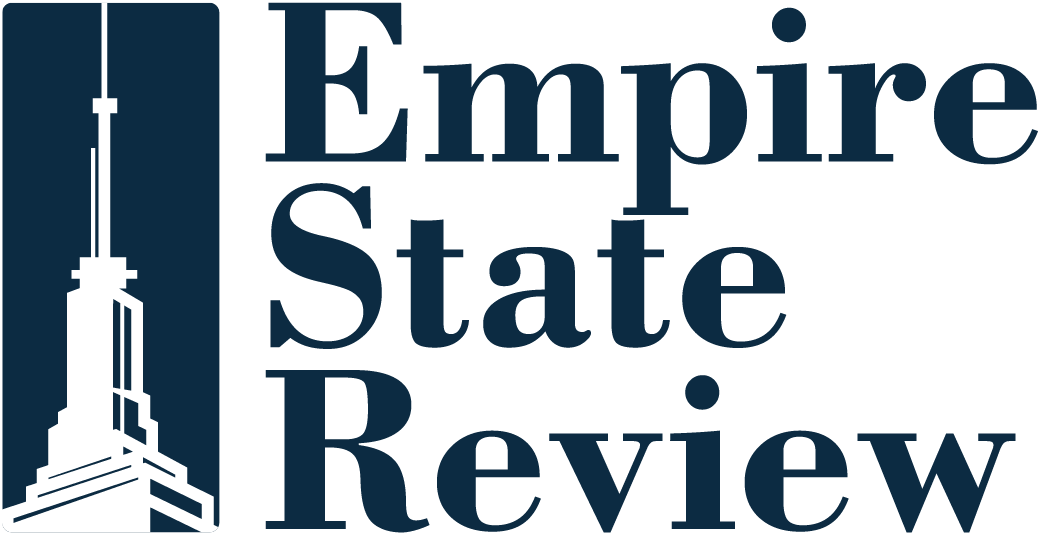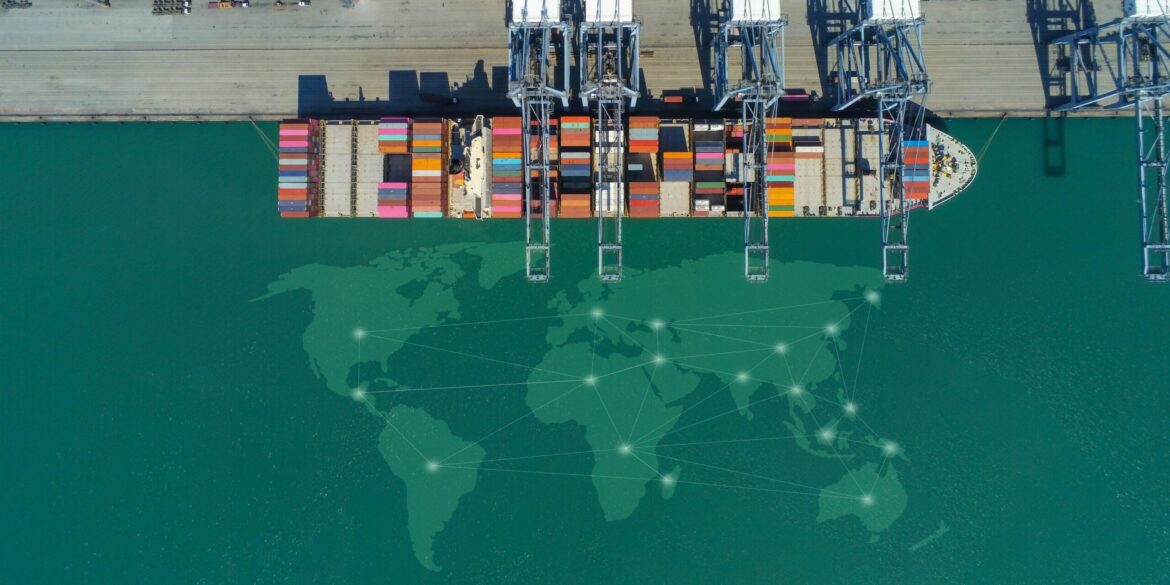The U.S. economy is currently navigating a period of significant uncertainty, influenced by ongoing trade tensions and evolving policy changes both domestically and internationally. While recent trade agreements, particularly between the U.S. and China, have temporarily eased some concerns, economists remain cautious about the long-term stability of the economy. The future trajectory of economic growth is being shaped by factors including trade relations, inflation, and labor market dynamics, all of which continue to present challenges for both businesses and consumers.
Temporary Relief from Trade Tensions, But Risks Persist
A notable development in recent months has been the trade deal between the U.S. and China, which has resulted in a rollback of tariffs imposed in previous years. This agreement has provided some temporary relief to businesses that were previously hit by higher import costs, especially in industries reliant on Chinese goods. According to reports from Reuters and Business Insider, the reduction in tariffs has alleviated immediate recession risks, allowing the U.S. economy to continue expanding in the short term.
Barclays, a leading financial institution, has responded to the improved trade outlook by revising its U.S. economic growth forecast. Initially predicting a contraction of 0.3%, Barclays now projects a 0.5% growth for 2025. The revision also includes an uptick in the 2026 forecast, moving from 1.5% growth to 1.6%. While these projections indicate a more positive outlook than previously expected, they remain modest in comparison to past growth trends.
However, this temporary stabilization does not guarantee long-term economic stability. The global economic environment remains volatile, and ongoing trade disputes with other nations, such as the European Union and certain emerging markets, could quickly alter the course of economic progress. Experts continue to warn that trade tensions, especially with China, could resurface and lead to renewed instability, particularly if there is a change in leadership or policy direction in the U.S. or China.
Federal Reserve’s Cautious Outlook on Economic Growth
Despite the temporary relief offered by the trade deal, economic projections remain guarded. According to the Federal Reserve Bank of Philadelphia, U.S. GDP growth is expected to slow significantly in the next few years, with a projection of only 1.4% growth for 2025. This marks a sharp decline from the more robust growth rates of the previous years, when the economy had expanded by 2.8% to 2.9% annually.
One of the key factors contributing to this expected slowdown is the labor market. While the unemployment rate has remained relatively low, economists foresee a rise in joblessness as businesses continue to adjust to a shifting economic landscape. The labor market has already shown signs of strain, with sectors such as manufacturing and retail facing workforce shortages due to a combination of automation, labor force demographics, and changing consumer habits. Additionally, the lingering effects of the COVID-19 pandemic, which disrupted global supply chains and altered workforce participation, continue to impact business operations.
Increased unemployment, combined with a slower-growing economy, could lead to higher inflation, which is a concern for the Federal Reserve. Mild inflationary pressures have already been felt across several sectors, including housing and food, where prices have steadily risen despite economic efforts to keep inflation under control. While inflation is currently not as severe as it was during the peak of the pandemic, the Federal Reserve has indicated that it may raise interest rates again to counter any potential inflationary spikes, a move that could further dampen economic growth.
Global Economic Conditions and Policy Changes Could Alter Outlook
While U.S.-China trade relations have stabilized for now, economists caution that the global economic environment remains fragile. Rising geopolitical tensions, supply chain disruptions, and the effects of climate change are just a few of the factors that could create further uncertainty for the U.S. economy. For example, ongoing conflicts in Eastern Europe, particularly the war in Ukraine, continue to put pressure on energy markets and global supply chains. The war has led to rising energy prices, which in turn affects both consumer spending and the cost of production for businesses, potentially causing inflation to persist longer than anticipated.
Moreover, the shifting policies of major economies could also play a role in shaping U.S. economic conditions. The European Union, for instance, has been grappling with its own economic challenges, including energy shortages and inflationary pressures. The ongoing trade tensions between the U.S. and the EU could also affect U.S. exports, particularly in industries like agriculture, technology, and automotive.
Emerging economies, which were once seen as drivers of global growth, are now facing their own set of challenges. Countries like China and India, which were expected to continue expanding rapidly, have begun to show signs of economic slowdown, prompting concerns about the long-term stability of the global economy. A slowdown in these regions could lead to reduced demand for American exports, further contributing to the economic uncertainty facing the U.S.
The Path Forward: Monitoring Economic Developments
As the U.S. economy enters this uncertain period, economists urge businesses, policymakers, and consumers to stay informed and remain adaptable. While recent trade deals have provided some relief, the overall trajectory of the U.S. economy depends on a complex interplay of domestic and global factors, including inflation, labor market trends, and international trade relations.
Analysts recommend keeping a close watch on upcoming economic indicators, such as GDP growth rates, unemployment figures, and inflation data, as they will provide critical insights into how the economy is evolving. Additionally, policymakers must continue to work with international partners to ensure that trade relations remain stable and that economic conditions do not deteriorate further.
The coming months will likely be critical in determining whether the U.S. economy can maintain its recovery momentum or whether it will face further setbacks. The role of the Federal Reserve, as well as the response to future trade tensions, will be key in shaping the future of the economy.
For the latest updates and detailed analyses of U.S. economic conditions, visit MarketWatch.

